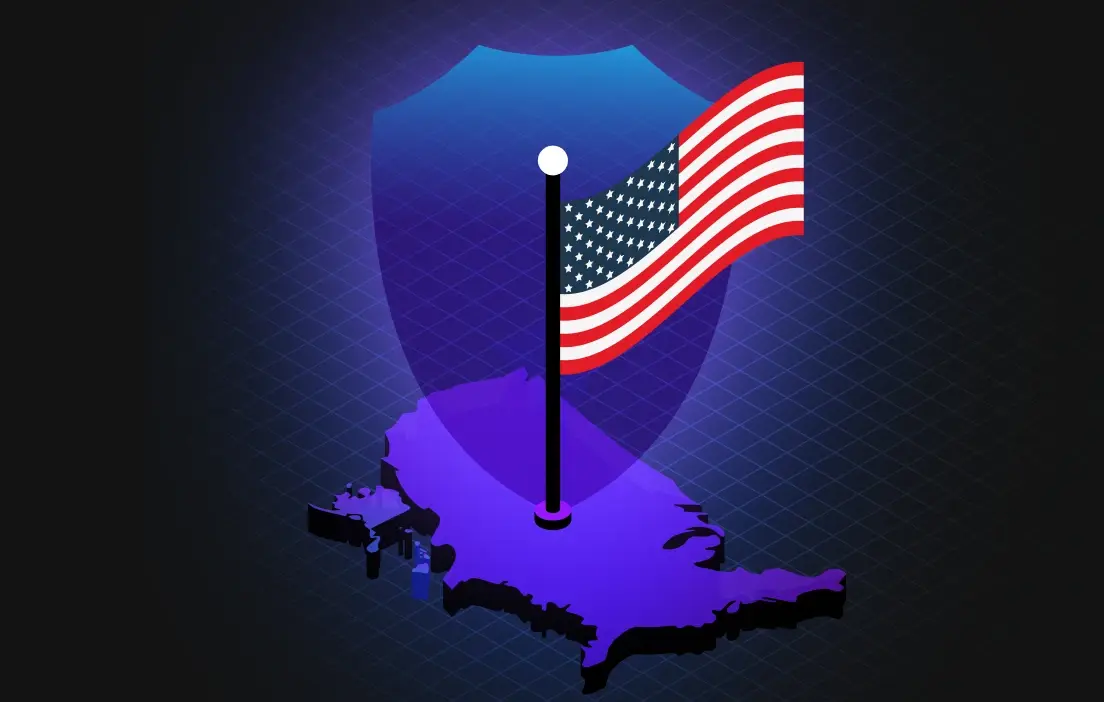In January, the White House issued an executive order titled Strengthening and Promoting Innovation in the Nation's Cybersecurity (EO 14144).
The recent executive order from the White House has sent ripples through the cybersecurity community, marking what may be the most decisive shift in the nation's approach to cyber defense in recent history.
This order is not just a call to arms; it’s a blueprint for action, detailing specific areas where the United States intends to fortify its digital defenses. The focus on rapid innovation and preparedness against AI and quantum computing threats portends a cyber revolution.
This executive order is explicit and action oriented. It demands the establishment of AI programs for cyber defense, mandates post-quantum security readiness, and insists on upgrades to hardware security modules and trusted execution environments.
This comprehensive approach underscores a critical recognition by the U.S. government: the cyber threats of tomorrow are taking shape today.
The Role of AI in Strengthening Cybersecurity
Artificial intelligence is no longer just a buzzword in the tech arena; it is now a linchpin in the strategy to safeguard U.S. networks. The executive order clearly positions AI as an essential tool in the cybersecurity arsenal, calling for its integration into defense mechanisms and the development of secure AI innovation.
By leveraging AI, the government aims to enhance its ability to detect and respond to threats with unprecedented speed and accuracy.
However, the adoption of AI in cybersecurity is not without its challenges. The potential for AI systems to be manipulated or exploited by adversaries is a real concern that the order addresses by mandating new AI security guidelines.
This proactive stance is designed to ensure that AI serves as a shield rather than a vulnerability. The hope is that by setting a high bar for AI implementation, the government can foster an environment where innovation thrives, and security is paramount.
Preparing for Quantum Threats: Is the Future Closer Than We Think?
Quantum computing has long been heralded as a transformative technology, but its implications for cybersecurity are both thrilling and terrifying. The White House's executive order takes a firm stance on the need for post-quantum readiness, which, despite the comments from a few high-profile contrarians, aligns with the views of industry giants such as Microsoft and Gartner, and is supported by significant quantum advances such as Google Willow, as well as the news regarding Chinese hackers breaking the RSA encryption.
Despite the skepticism from some quarters, the government's insistence on the need to adopt post-quantum cryptography now indicates a belief that the quantum future may arrive sooner than anticipated.
This proactive approach is not just about keeping pace with technological advancements; it’s about staying ahead of potential threats. By mandating that federal agencies prepare for quantum-enabled attacks, by deploying post-quantum cryptography, the order ensures that the U.S. remains resilient in the face of a rapidly evolving digital landscape.
Fortifying Core Infrastructure: Deploying Hardware Security Modules (HSMs) and Trusted Execution Environments (TEEs)
Beyond AI and PQC, the executive order also mandates the implementation of HSMs and TEEs across federal systems, alongside best practices for their protection and management. These technologies are pivotal for securing sensitive data and ensuring the integrity of critical systems.
HSMs are a cornerstone to a robust data security strategy, as they securely generate, store, and use cryptographic keys and certificates, as well as secrets, such as passwords, API keys, tokens, or any piece of data.
Many large government agencies use multiple legacy HSMs and also make use of multiple cloud-native key management systems to protect data across their different cloud environments.
This fragmented approach leaves data vulnerable and is also costly to maintain. It is imperative that agencies take a modern approach to HSMs to ensure their data is effectively protected.
TEEs provide a secure area within a CPU where sensitive data and code can be executed, isolated from the rest of the system, and protected from unauthorized access. TEEs keep data secure, which allows you to do such things as keep data encrypted while being processed in AI models.
The Road Ahead in Cybersecurity
The implications of the executive order extend far beyond government networks. The executive order includes a provision for key agencies (State, Commerce and NIST) to identify and engage foreign governments and industry groups in key countries to encourage their transition to PQC.
For businesses, this order signifies a new era of accountability and innovation in cybersecurity. Organizations must now prioritize the integration of advanced technologies like AI and post-quantum cryptography into their security frameworks. Failure to do so could result in vulnerabilities that threaten not only their operations but also national security.
The White House's executive order is a clarion call for action, signaling a transformative shift in how the United States approaches cybersecurity. While some industry leaders may question the immediacy of the threats addressed, the government's decisive action underscores a commitment to innovation and preparedness.
As we move forward, the collaboration between government and industry will be crucial in navigating the complex and dynamic world of digital threats.
Fortanix and the Path to Compliance with the Executive Order
In this landscape of heightened cybersecurity demands, Fortanix emerges as a beacon for organizations seeking to align with the new executive order. With its unified data security platform, Fortanix offers solutions that directly support the order's mandates.
From enabling the use of confidential computing for AI models to providing quantum-ready cryptographic solutions, Fortanix is poised to lead the charge in compliance and innovation. The company's capabilities in managing hardware security modules and trusted execution environments align seamlessly with the order's focus.
By centralizing the management of these critical components, Fortanix not only enhances security but also simplifies compliance for organizations. For businesses looking to adhere to the executive order, adopting Fortanix's technologies is not just a strategic choice; it is a necessity.
Key Fortanix Capabilities:
- Disk, File, and Database encryption for data at-rest, in-transit, and in use
- Policy-driven enforcement across all environments for consistent security and compliance
- Full key lifecycle management with natively integrated FIPS 140-2 Level 3 Hardware Security Module (soon FIPS 140-3 Level 3)
- BYOK or BYOKMS for key custody and data access control for SaaS, multi-cloud and data center infrastructure
- Vaultless Tokenization to keep data mobile and usable across AI and analytics models
- Crypto agility with rapid update to NIST PQC approved algorithms
- Confidential Computing encrypts data and AI models while in-use
To learn more about how Fortanix can help you, contact us.

 Cite this article
Cite this article









